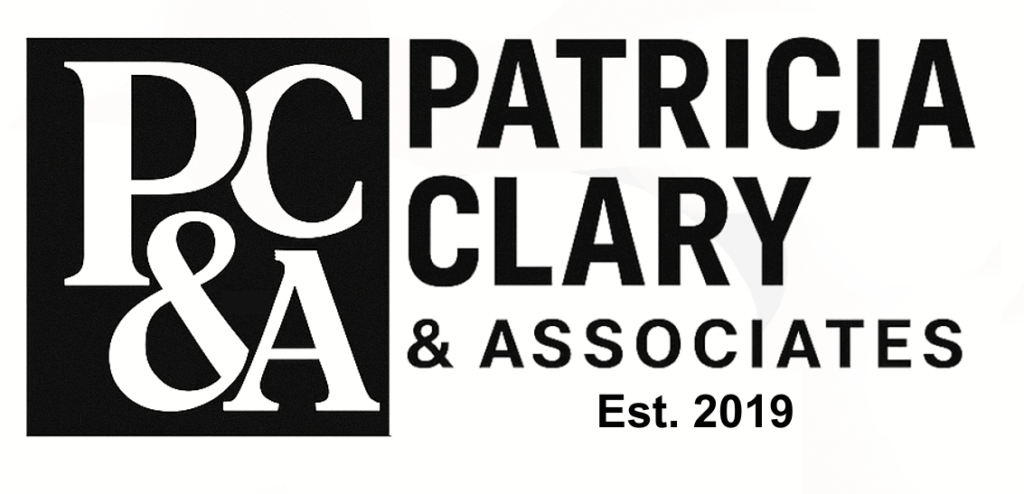The convening leadership framework emphasizes convening leaders can bring together diverse stakeholders and lead them toward solving complex societal and global issues. When stakeholders come to a collaborative table, they often have both stated and potential hidden agendas. Hidden agendas refer to motivations or objectives that individuals or groups may not openly disclose but may pursue behind the scenes.
While we have not discussed the matter of hidden agendas before in this column, it is important for convening leaders to understand the dynamics of collaborative efforts in which one can have hidden agendas. Some stakeholders may collaborate to gain a competitive advantage; others may aim to maximize their access to resources, whether financial resources, project funding, or other assets. Other hidden agendas might include information gathering where stakeholders come to the table to gain insight into the plans, strategies, or weaknesses of others; or, on a darker side, stakeholders may want to undermine their rivals using collaboration as a way to undermine or sabotage the efforts of competitors, even while appearing to work together. Moreover, personal gain, shaping public opinion, delaying, or obstructing the collaborative process, or protecting personal interests may be among hidden agendas.
It is fundamental for convening leaders to be aware of the potential for hidden agendas and to foster an environment of transparency, trust, and open communication that can help mitigate hidden agendas’ negative impact and promote more genuine collaboration.
The Convening Leadership Theory, as elucidated by Clary in 2022, comprises five fundamental dimensions that confer a distinct advantage upon convening leaders when comprehensively developed and diligently practiced. Central to the essence of convening leadership is the convening leaders:
- Commitment to Excellence: A convening leader’s unwavering commitment to excellence is demonstrated through their ability to identify and engage diverse stakeholders in collaborative efforts. Convening leaders ensure that the best ideas and solutions are presented by identifying and engaging diverse stakeholders in collaborative efforts.
- Self-Awareness and Influence: The convenor’s keen self-awareness of the profound influence their core beliefs, values, and attitudes have on both the collaborative effort and its stakeholders is a vital ingredient in fostering trust and understanding among stakeholders. This level of awareness enables convening leaders to navigate sensitive issues with authenticity and transparency.
- Promoting Cultural Diversity: In a world where diversity is a strength, a convening leader’s ability to skillfully promote cultural diversity, encompassing customs, language, socioeconomic disparities, resource inequalities, and the influence of stakeholders, is not just commendable but necessary. Embracing customs, languages, and socioeconomic differences and advocating for equity ensures that all voices are heard and valued.
- Creating a Dynamic Learning Environment: The capacity to cultivate a dynamic creative co-learning and co-creating environment within the collaborative endeavor is a hallmark of successful leadership. This characteristic fosters innovation and empowers stakeholders to develop solutions to complex challenges collaboratively.
- Conflict Resolution Skills: Conflicts are inevitable in collaborative efforts, but a convening leader’s adeptness in facilitating conflict resolution among stakeholders is critical to maintaining a harmonious and productive environment. It ensures that disagreements do not derail progress but contribute to growth and improvement.
The five dimensions of the Convening Leadership Theory (Clary, 2022) play a significant role in leadership and can complement various other leadership theories and emotional intelligence. Here’s how these dimensions can complement some other prominent leadership theories, as previously discussed in this series on leadership:
Authentic Leadership: The five dimensions of Convening Leadership align with authentic leadership by emphasizing the importance of sincerity and genuine relationships. Authentic leaders are true to themselves and others, and the skill of convening can help them create authentic connections and build trust among their team members.
Transformational Leadership: Convening leaders viewed as transformational leaders inspire and motivate their teams. The ability to bring diverse stakeholders together and facilitate meaningful discussions aligns with the transformational leadership style of raising followers’ motivation and performance.
LMX (Leader-Member Exchange) Theory: In the LMX theory, leaders have varying relationships with their followers. Convening leaders can use their skills to establish strong and positive leader-member exchanges by engaging with diverse team members, fostering inclusivity, and ensuring equitable participation.
Servant Leadership: Servant leaders prioritize the needs of their team members and are committed to serving them. By bringing diverse stakeholders to the table in a posture of servanthood, convening leaders can facilitate stakeholder cooperation and inherently serve the common good and interests of multiple stakeholders.
Emotional Intelligence: Emotional intelligence involves recognizing and managing one’s emotions and those of others. Convening leaders need high emotional intelligence to navigate complex relationships and conflicts that may arise during collaborative efforts. They must be adept at perceiving and regulating emotions to maintain a constructive meeting atmosphere.
The Convening Leadership Theory is an integrative approach that draws from and complements various leadership theories. By practicing convening leadership, individuals can enhance their leadership skills, which can be applied in conjunction with other leadership styles to address complex challenges, foster collaboration, and create positive organizational and societal outcomes while addressing hidden agendas.
Regardless of the context, effective leadership plays a pivotal role in unifying stakeholders and collectively addressing complex issues. By embracing principles of convening leadership, we can work towards creating a more inclusive, innovative, and harmonious world where collaborative efforts lead to meaningful and sustainable change because community matters.
In community,
Dr. Pat
Patricia A. Clary is a consultant who champions the advancement of strategic community impact agendas to address intricate societal challenges through collaborative efforts, convening leadership, and effective governance. If you would like to know more about the different leadership styles, please get in touch with Dr. Clary through the following channels:
– LinkedIn: https://www.linkedin.com/in/pat-clary/
– Facebook: PatriciaAClaryPhD
© 2023 All rights reserved.
